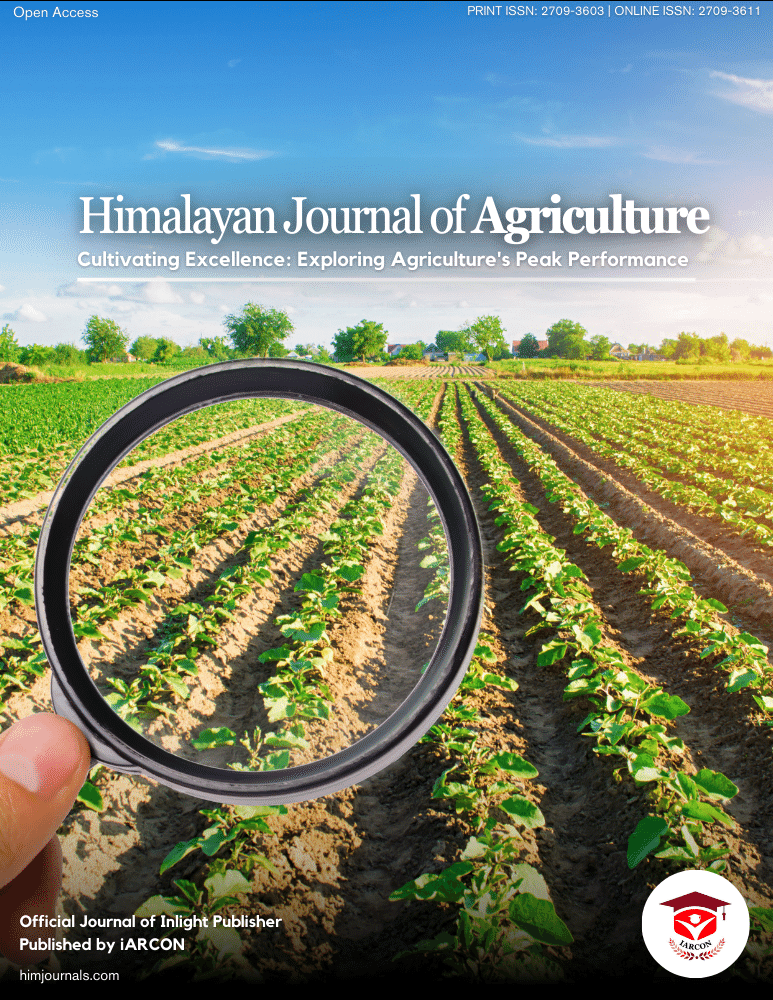This study provides crucial insights into the level of public awareness, misconceptions and healthcare-seeking behavior regarding uterine fibroids among women in Himachal Pradesh. Despite uterine fibroids being one of the most common gynecological conditions globally, affecting a significant proportion of women of reproductive age, they continue to be surrounded by misinformation, stigma, and delayed treatment-seeking, particularly in rural and semi-urban communities. The findings of this research reflect both encouraging progress in basic awareness and alarming gaps that require urgent attention through community education and health system strengthening.
The socio-demographic analysis revealed that a substantial portion of participants were in the most reproductive age groups (18-35 years) and more than half were married, emphasizing the importance of focusing on reproductive health education for this demographic. Educationally, a large proportion had achieved secondary or undergraduate education, which theoretically should facilitate better health literacy; however, the persistence of misinformation suggests that reproductive health topics may still be underemphasized in formal education or overshadowed by cultural taboos. Additionally, nearly one-third of participants reported limited healthcare access, a structural barrier that could exacerbate delays in diagnosis and management, particularly in rural areas where specialty gynecological services may be scarce.
Encouragingly, the awareness that uterine fibroids are benign growths (77.9%) and that they commonly cause heavy menstrual bleeding (81.7%) and pelvic pain (75.2%) was relatively high among participants. Most respondents also correctly acknowledged the non-cancerous nature of fibroids and their potential impact on fertility. These findings suggest a growing recognition of fibroids as a medical condition requiring attention rather than a tabooed topic. However, knowledge about risk factors such as family history (65.2%) and obesity (66.9%) was moderate, indicating that while symptomatic awareness has improved, understanding of underlying risk factors remains inadequate. This partial knowledge could contribute to a false sense of security among at-risk women who are asymptomatic, thereby delaying preventive consultations.
A notable concern was the persistence of cultural myths. Although the majority refuted misconceptions linking fibroids to moral failings (80.0%) or witchcraft (80.7%), the very need for such questions highlights that stigmatizing beliefs still exist in segments of the community. Such myths not only delay medical help-seeking but also exacerbate feelings of guilt, shame and fear among affected women, potentially pushing them towards ineffective traditional remedies rather than evidence-based medical care. Awareness about asymptomatic fibroids was moderate (62.6%), implying that women without overt symptoms might unknowingly harbor fibroids, missing opportunities for early intervention.
Treatment knowledge also showed mixed patterns. While 83.8% correctly recognized the need for gynecological monitoring of fibroids and 84.5% emphasized the importance of seeking prompt medical care for symptoms, only 61.7% were aware that non-surgical management options exist. Additionally, 70.0% understood that surgery is not the only treatment choice. These figures highlight the need for public education campaigns that demystify fibroid management, explaining not just surgical but also hormonal, non-invasive and minimally invasive treatment options such as uterine artery embolization. A lack of knowledge about treatment choices may deter women from seeking care due to fear of surgery or loss of fertility.
The overall knowledge score classification further reinforced the dual reality observed in this study. While 45.0% of women exhibited "Good" awareness and 27.9% demonstrated "Very Good" awareness, a significant 27.1% fell into the "Fair" or "Poor" knowledge categories. This under-informed segment of the population remains particularly vulnerable to delayed diagnosis, progression of disease and avoidable complications such as severe anemia, infertility, or the need for radical surgeries. These findings call for targeted educational interventions that
not only spread basic awareness but also dispel myths, build trust in healthcare systems and emphasize preventive care.
Limitations of the study must be acknowledged. The online nature of the survey likely favored inclusion of women with better internet access and literacy, potentially excluding the most marginalized groups, who may have even lower awareness. Additionally, self-reported knowledge may be subject to social desirability bias, wherein participants provide answers they perceive to be socially acceptable rather than reflecting true understanding.


